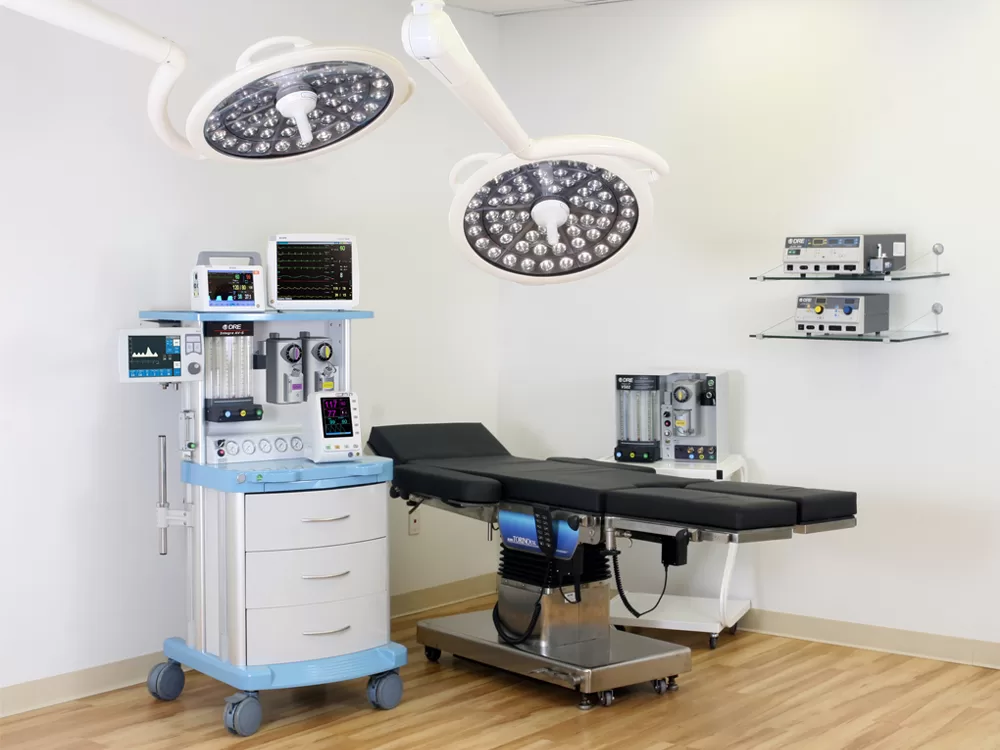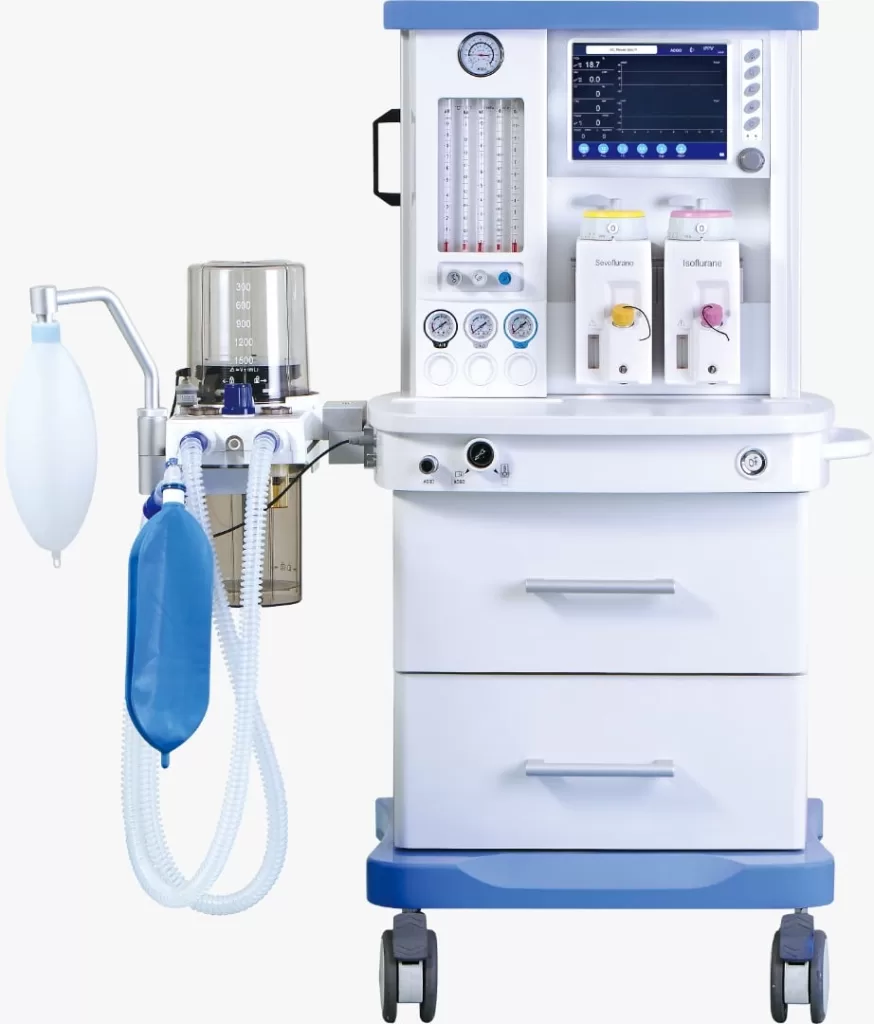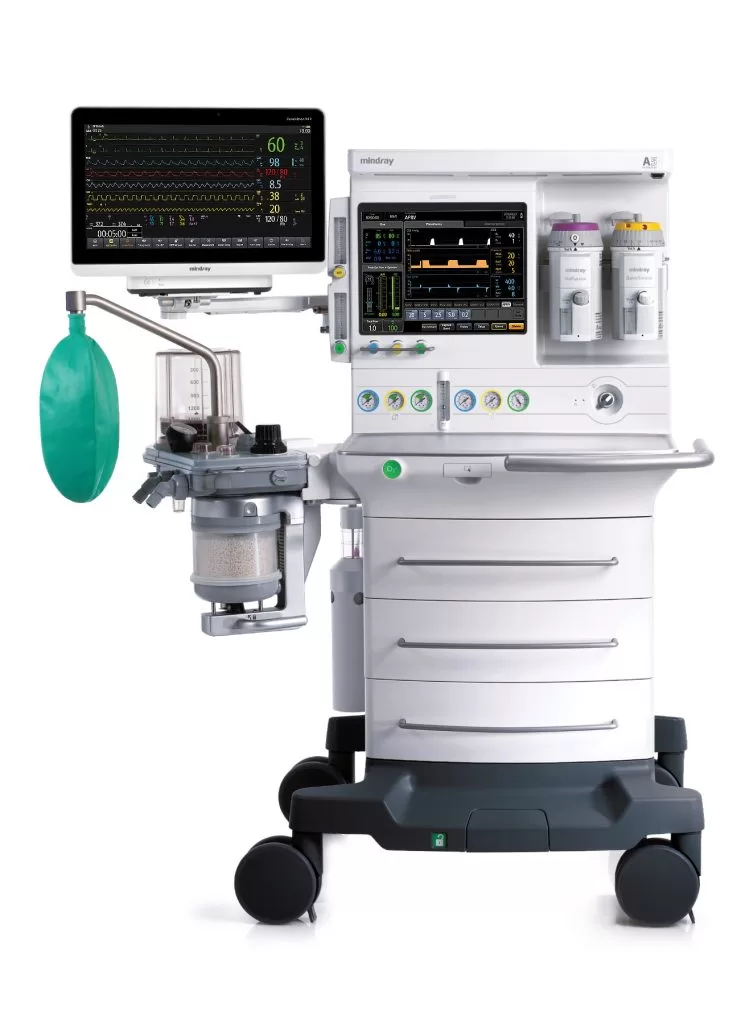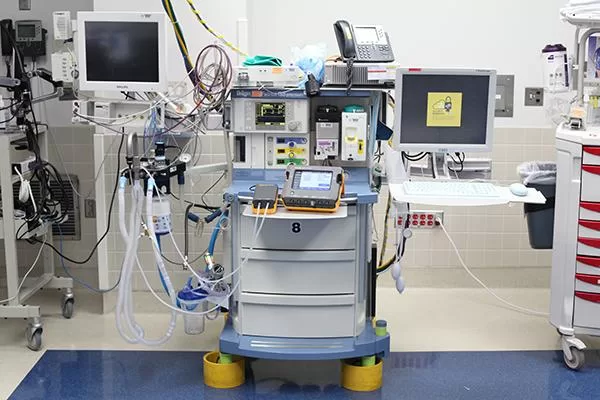If you are a healthcare facility looking to buy anesthesia machines, you may find the process overwhelming and daunting. With so many options available, it can be difficult to know where to start. In this guide, we’ll provide a step-by-step overview of how to buy anesthesia machines and the factors you should consider before making your purchase.

Step 1: Determine your needs and budget
The first step in buying an anesthesia machine is to determine your facility’s specific needs and budget. Consider the types of procedures you perform and the patient populations you serve. Do you need a machine that can be easily transported between operating rooms or a stationary unit? What types of monitoring capabilities are necessary? Are you looking for a basic model or a more advanced one with additional features?
Your budget will also be a crucial factor in your decision-making process. It’s important to find the right balance between price and quality, and to consider the long-term costs of maintenance and repairs.


Step 2: Research different brands and models
Once you have a clear idea of your needs and budget, it’s time to research different brands and models of anesthesia machines. Look for reputable manufacturers with a proven track record of producing high-quality equipment. Read reviews from other healthcare professionals to see what they like and dislike about different models.
Consider the specific features of each machine, such as the type of ventilation modes, gas delivery systems, and monitoring capabilities. Some machines may also offer advanced features like electronic medical records integration or automatic drug delivery.
Step 3: Consult with a sales representative
Once you’ve narrowed down your options, it’s a good idea to consult with a sales representative from the manufacturer or distributor. They can provide more detailed information about the specific features and benefits of each machine and help you determine which one is the best fit for your facility’s needs.
Be sure to ask about the warranty, maintenance and repair services, and any other support that the company offers. It’s also important to ask about the training and education resources that are available for your staff.
Step 4: Consider the total cost of ownership
When evaluating anesthesia machines, it’s important to consider the total cost of ownership over the life of the equipment. This includes not just the initial purchase price, but also ongoing costs such as maintenance, repairs, and replacement parts.
Ask the sales representative for a breakdown of these costs and factor them into your budget. Some manufacturers may offer extended warranties or maintenance contracts that can help you save money over time.

Step 5: Purchase and installation
Once you’ve selected the anesthesia machine that best fits your needs and budget, it’s time to make the purchase and arrange for installation. The manufacturer or distributor should provide clear instructions for installation and set-up, and may even offer on-site installation services.
Be sure to schedule any necessary training for your staff to ensure they are comfortable and competent in using the new equipment. It’s also a good idea to have a plan in place for ongoing maintenance and repairs to keep the machine running smoothly over time.
In conclusion, buying anesthesia machines can be a complex process, but by following these steps and carefully evaluating your needs and budget, you can make an informed decision that will benefit your facility and patients in the long run. Remember to do your research, consult with experts, and consider the total cost of ownership before making a final purchase decision.
Additional considerations
When buying anesthesia machines, there are a few additional considerations that can help you make the best decision for your facility. These include:
Compatibility with other equipment: Make sure that the anesthesia machine you choose is compatible with other equipment you have in your facility. This includes anesthesia carts, monitors, and other accessories. Choosing equipment from the same manufacturer can help ensure compatibility.
Safety features: Anesthesia machines should have safety features that protect patients and staff from harm. Look for machines with features like oxygen concentration monitors, low-pressure alarms, and fail-safe mechanisms that prevent the delivery of unsafe levels of anesthesia.
Regulatory compliance: Anesthesia machines must meet certain regulatory requirements to ensure patient safety. Check that the machine you choose is compliant with standards like ISO 13485 and FDA regulations.
Upgradability: As technology advances and new features become available, you may want to upgrade your anesthesia machine. Look for machines that can be easily upgraded with new features or software to ensure that you can stay up-to-date with the latest advances.
User interface: The user interface of the anesthesia machine should be intuitive and easy to use. This can help reduce the risk of errors and improve patient safety. Look for machines with clear and easy-to-read displays and simple controls.
Final thoughts
Buying anesthesia machines is a big investment, and it’s important to take the time to carefully evaluate your needs and budget before making a decision. By doing your research, consulting with experts, and considering the total cost of ownership, you can find the right anesthesia machine for your facility that will meet your needs and budget both now and in the future.
Remember to consider factors like compatibility with other equipment, safety features, regulatory compliance, upgradability, and user interface when evaluating different models. With the right anesthesia machine, you can provide safe and effective anesthesia care to your patients and improve the overall quality of care in your facility.
In conclusion, buying an anesthesia machine is a complex process that requires careful consideration of many factors. By following the steps outlined in this guide and considering additional factors like compatibility, safety features, regulatory compliance, upgradability, and user interface, you can find the right machine for your facility. Remember to consult with experts, do your research, and factor in the total cost of ownership to make an informed decision. With the right anesthesia machine, you can provide safe and effective anesthesia care to your patients and improve the overall quality of care in your facility.

















